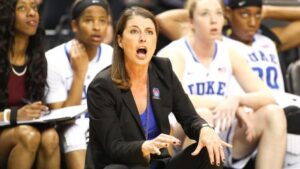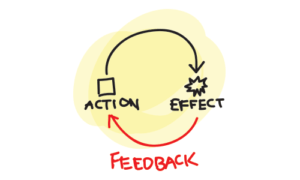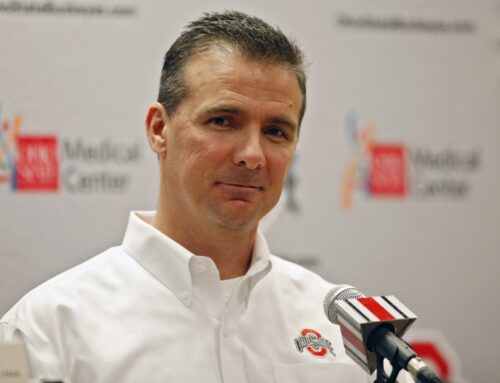Unfortunately, there have been a number of NCAA women’s basketball coaches and programs in the news lately and not to promote a “good news” story. Several coaches have resigned and some programs are under review due to concerns over coaching behaviour – both on the floor and off. Here are some links to the stories.
Duke Louisiana Tech Nebraska Loyola Title IX Issue
Why the spike?
Is it because young people feel more empowered and willing to speak up against leadership behaviour they don’t like? Some think that athletes have too much influence on how the coach leads. “This new generation of athletes are not tough enough! They are entitled!” – I hear this a lot. Maybe…..Maybe not…That is for another blog.

Is it the pressure of winning? In these stories, there is a link between the lack of success on the court and issues behind the scenes. Does the pressure take over and cause coaches to take whatever measures necessary to win? And where do the athletic directors fit into this? They lead the departments and manage the staff. A very difficult role in so many ways.

Is it an issue with how we monitor and support coaches? You can’t tell me that coaches, in one sharp moment, turn to negativity or abuse, to the point that athletes are prepared to report them or simply quit or transfer. Some of these issues (not all of them) develop over time and one can only ask, “Didn’t leaders in the athletic department see this coming?”
The cases highlighted above are complex, with elements possibly connected to the improper use of negative feedback, supervision by athletic department personnel and the historical feedback culture in competitive sport.
Let’s try and connect the dots. A coach is under pressure, possibly not fully skilled in the art of coaching (the reality is, no coach is fully skilled, we are all in a state of development….and young, high potential coaches have so much to experience and learn) and senses that negative feedback may give them the short-term results they need: these coaches may use the tool that gives them the best chance, regardless of consequences, to change behaviour quickly.
Interestingly, researchers have proven that negative feedback is often more effective with elite or high performing athletes than positive feedback. There is significant complexity to this, of course, (Link to a good read on negative feedback!), but the key is that in order to use negative feedback effectively the coach must understand the art and science of feedback. Negative feedback is critical to success in sport, but the coach/leader must understand how to use it effectively.

As I have written before, coaches, generally, don’t like to be assessed and given feedback. This makes it hard, at times, to properly support them. I think the hesitancy to embrace feedback on the part of the coach is in part due to the fact that coaches feel the need to be confident in what they are doing – because if they aren’t certain of the plan for success then who on the team is? Of course, the irony is that coaches, more than almost any other employee, assess and give feedback on a regular basis to those they lead. They do it hundreds of times a day in an active sport setting. How ironic that some coaches struggle to embrace the one thing they give more than most – feedback and instruction.
So, in a high-pressure sporting environment, with a coach who doesn’t like to receive feedback, athletic directors and their staff (some with unlimited resources and others with much less) may choose to unconditionally support their coach or just stay out of their way. Why? Less short-term stress for the leader; a short-term confidence boost for the coach because they are given unconditional freedom; and/or, the leader may simply not have the time or skills to regularly assess the coach (this is all too often the case). All good, until bad behavior, which the coach might not even recognize as being bad or inappropriate, turns to dysfunction that results in poor performance and, much worse, the creation of an unsafe or disrespectful environment.
How can we do better?
Whether it is in business or in sport, sport leaders must develop systems for regularly evaluating behavior. The most important reason to do this is to support the coach/employee – for without regular feedback from all the key people in their environment how do they improve? More importantly, leaders make sure that bad behavior is flagged up and put to a stop. I will suggest that in these NCAA examples it may be the case that these coaches were not regularly and effectively evaluated. This is only a guess, but it certainly wouldn’t surprise me if this was part of the story.
How might we reduce the frequency of these incidents? First, recognize that coaching is very, very complicated and challenging. Second, find a way to effectively assess the key behaviours your coach must employ to be successful. Finally, develop them – create experiences that stretch the coach and allow them to advance their philosophies and develop new skills.
Most importantly, do this regularly in order to prevent the development of environments that are ultimately not what the coach had in mind when they first started and, no doubt, not what the athlete signed up for.




